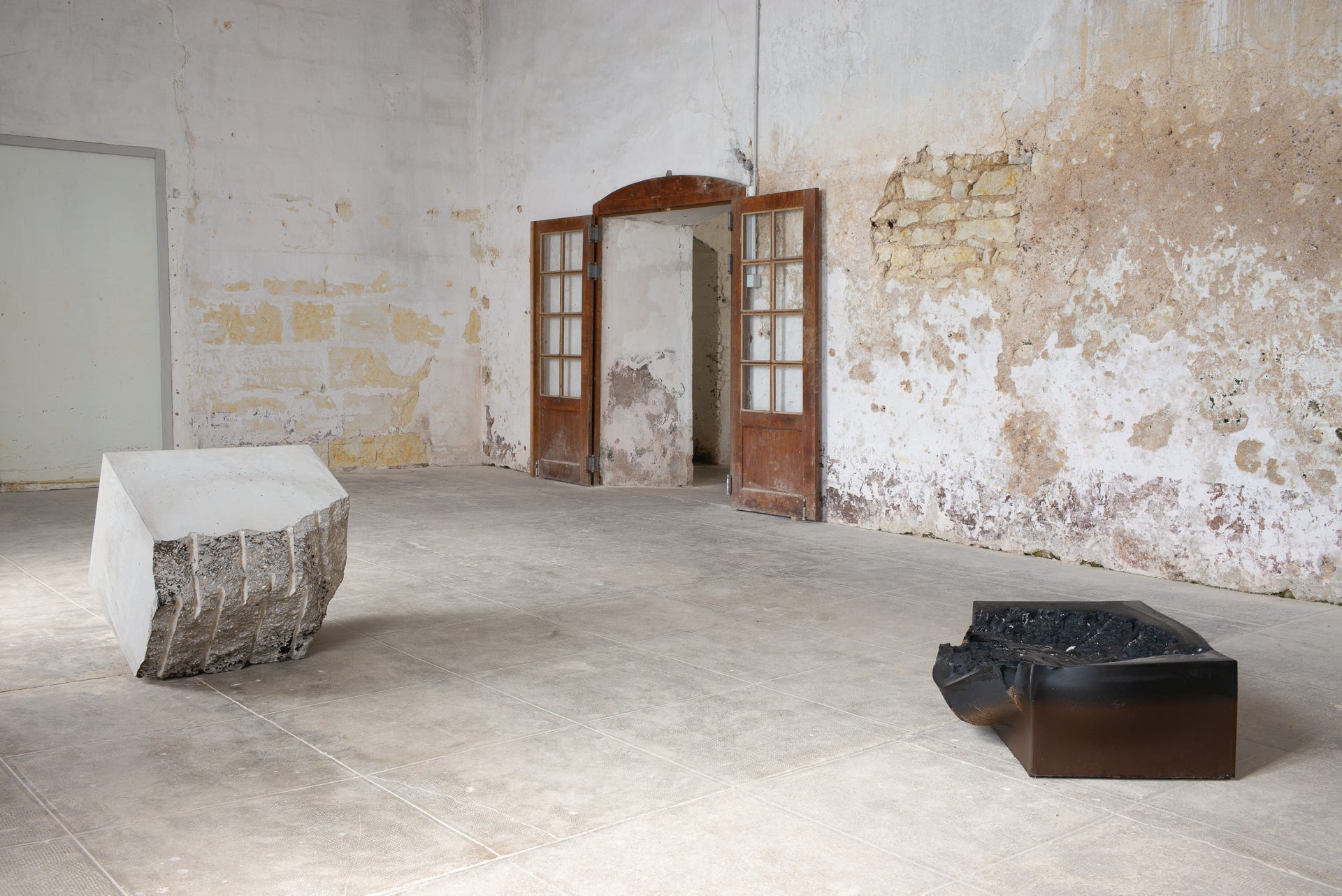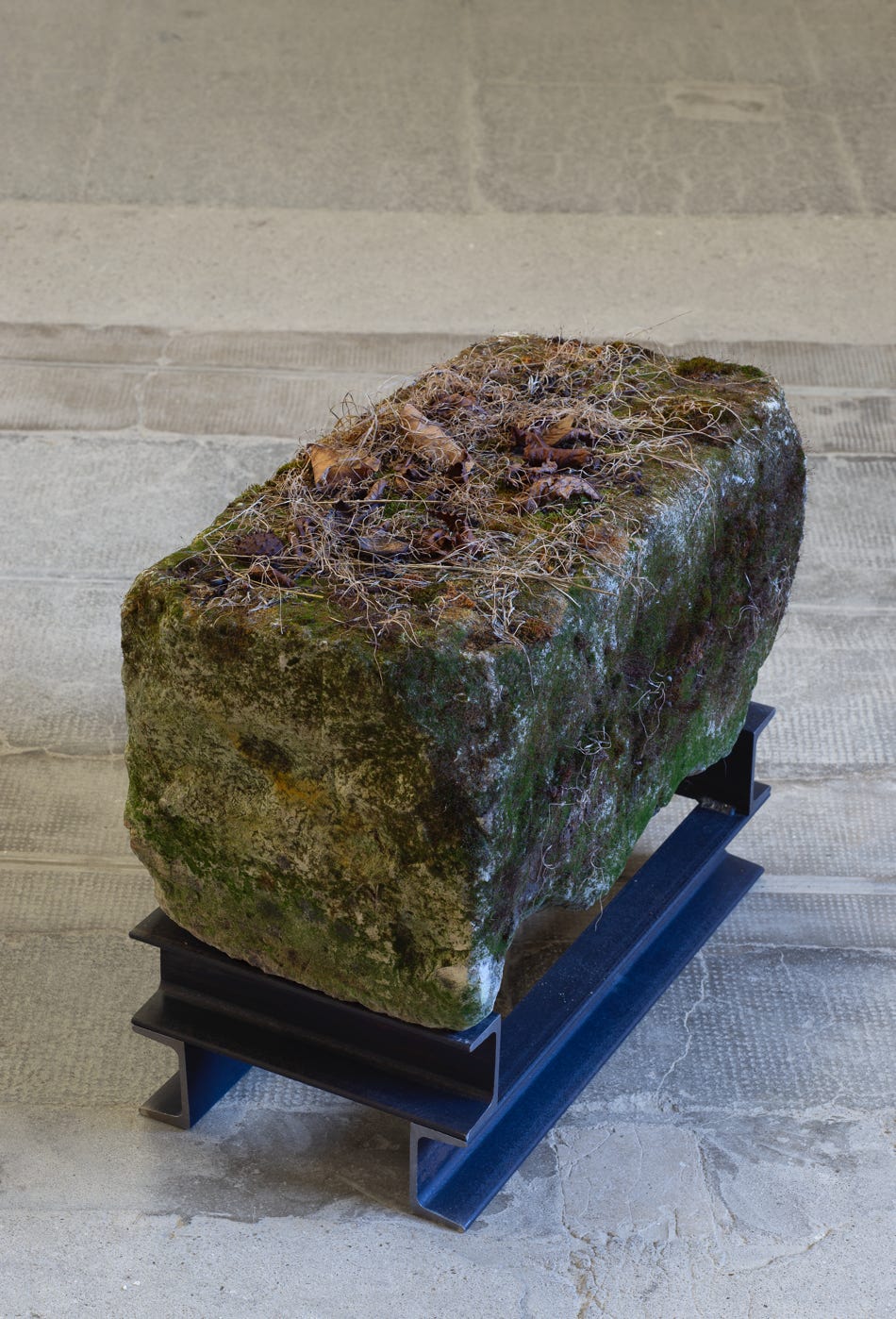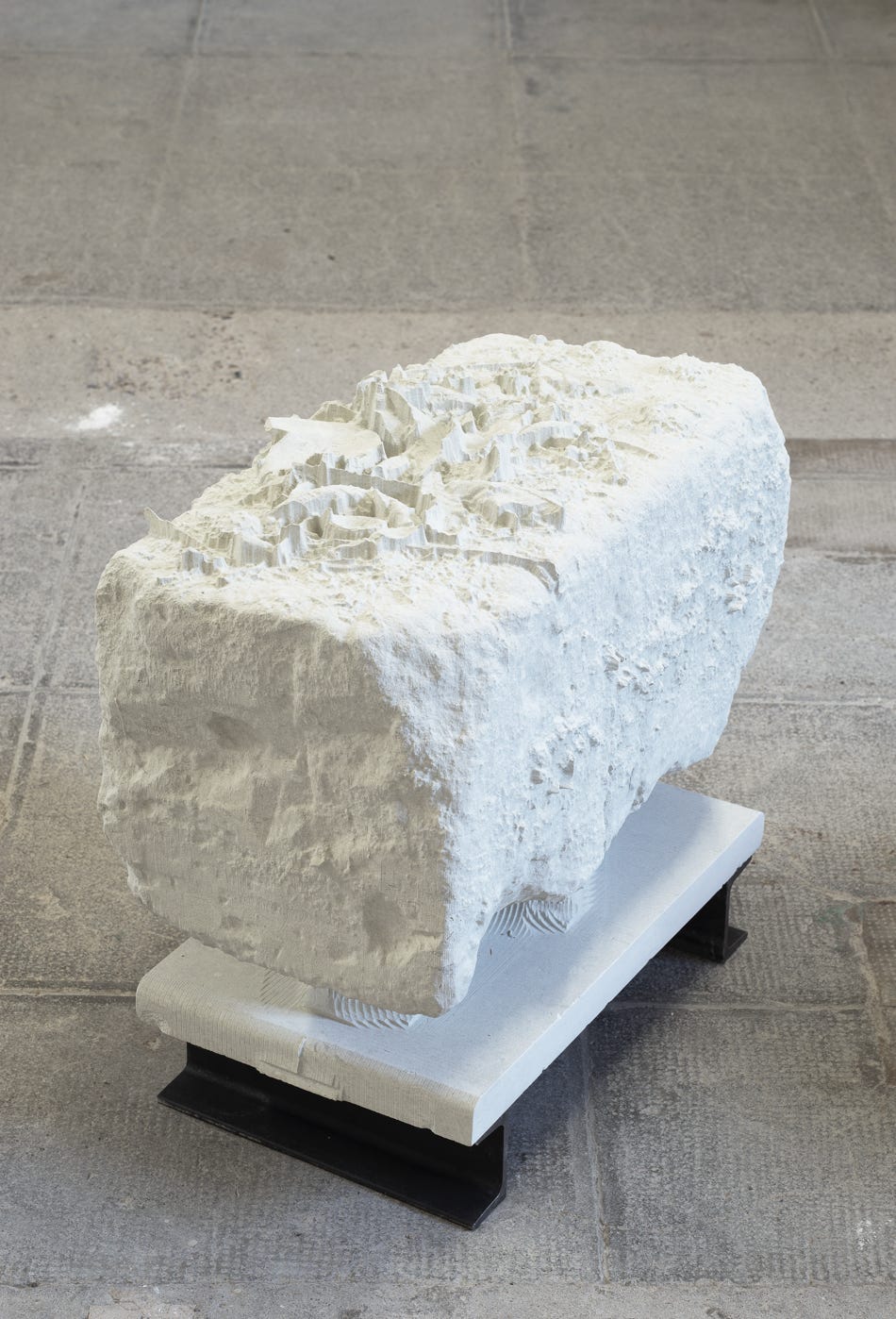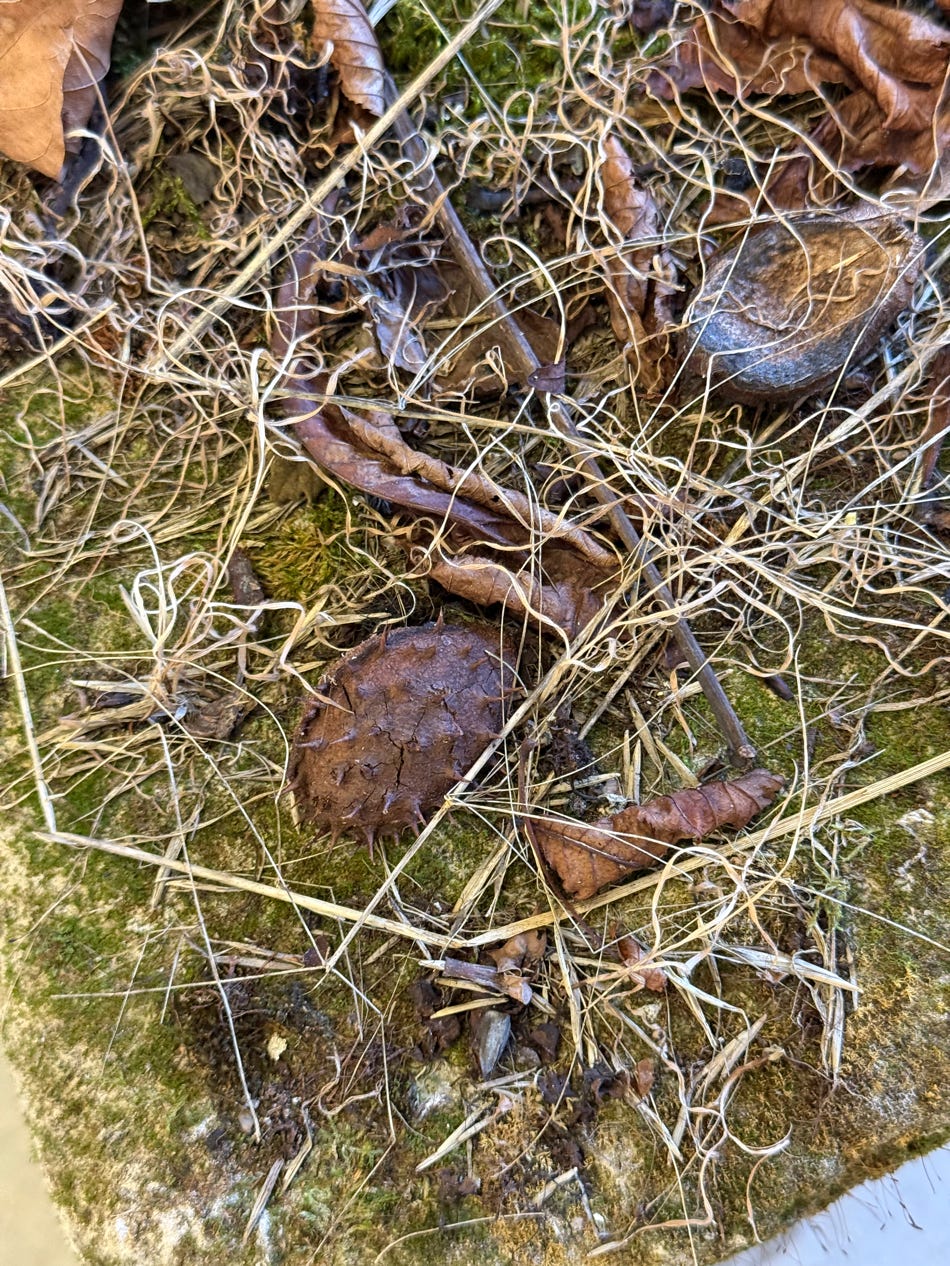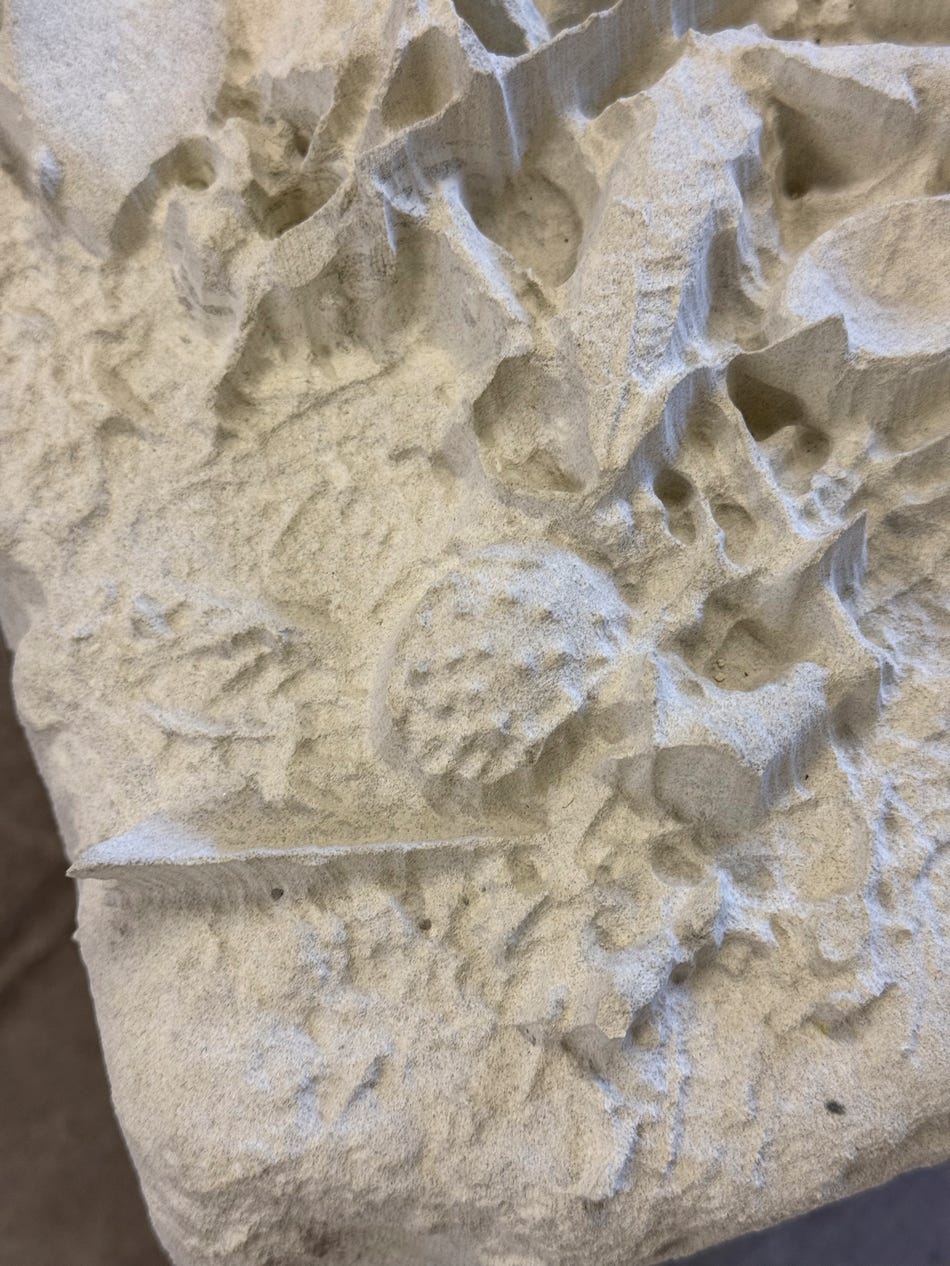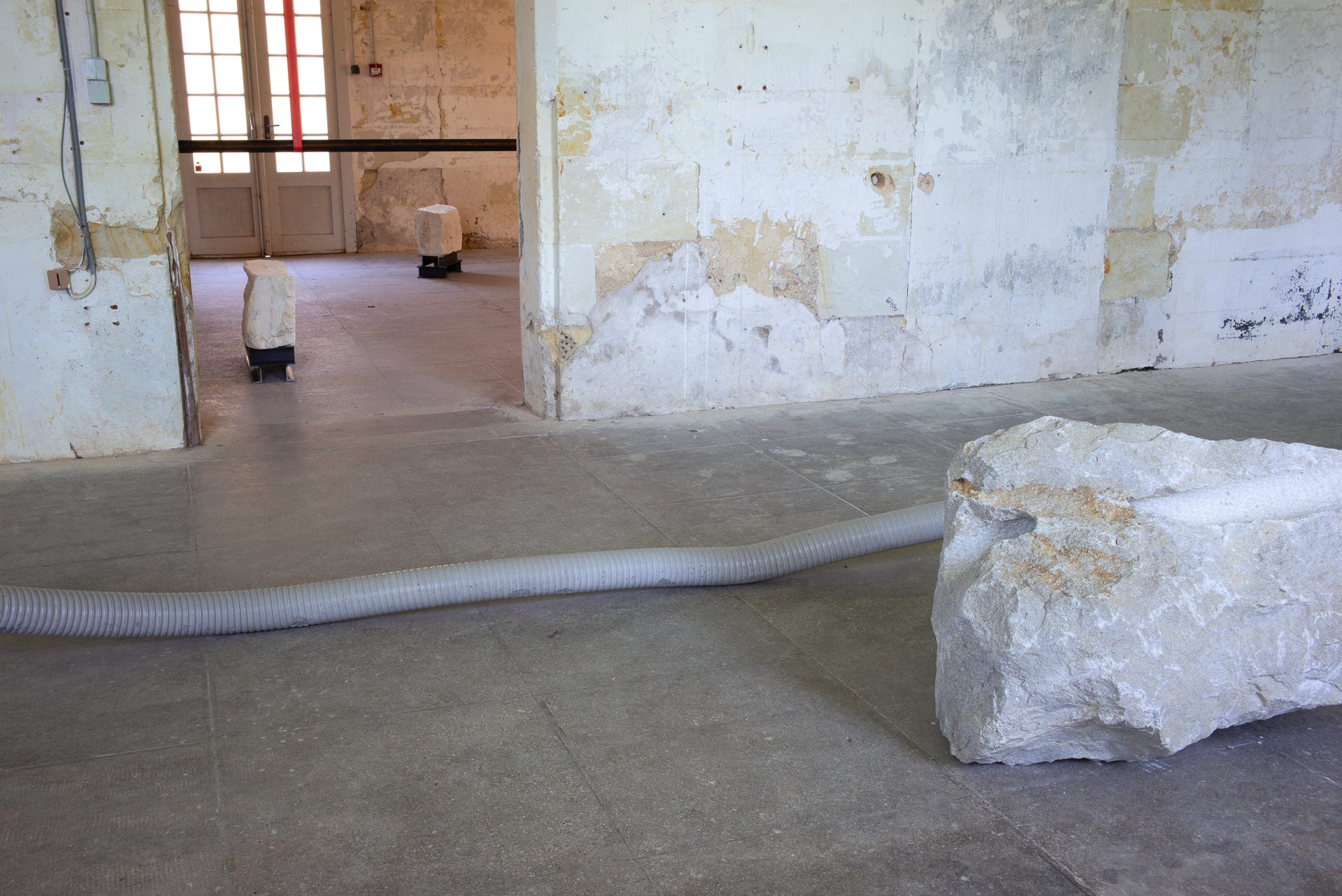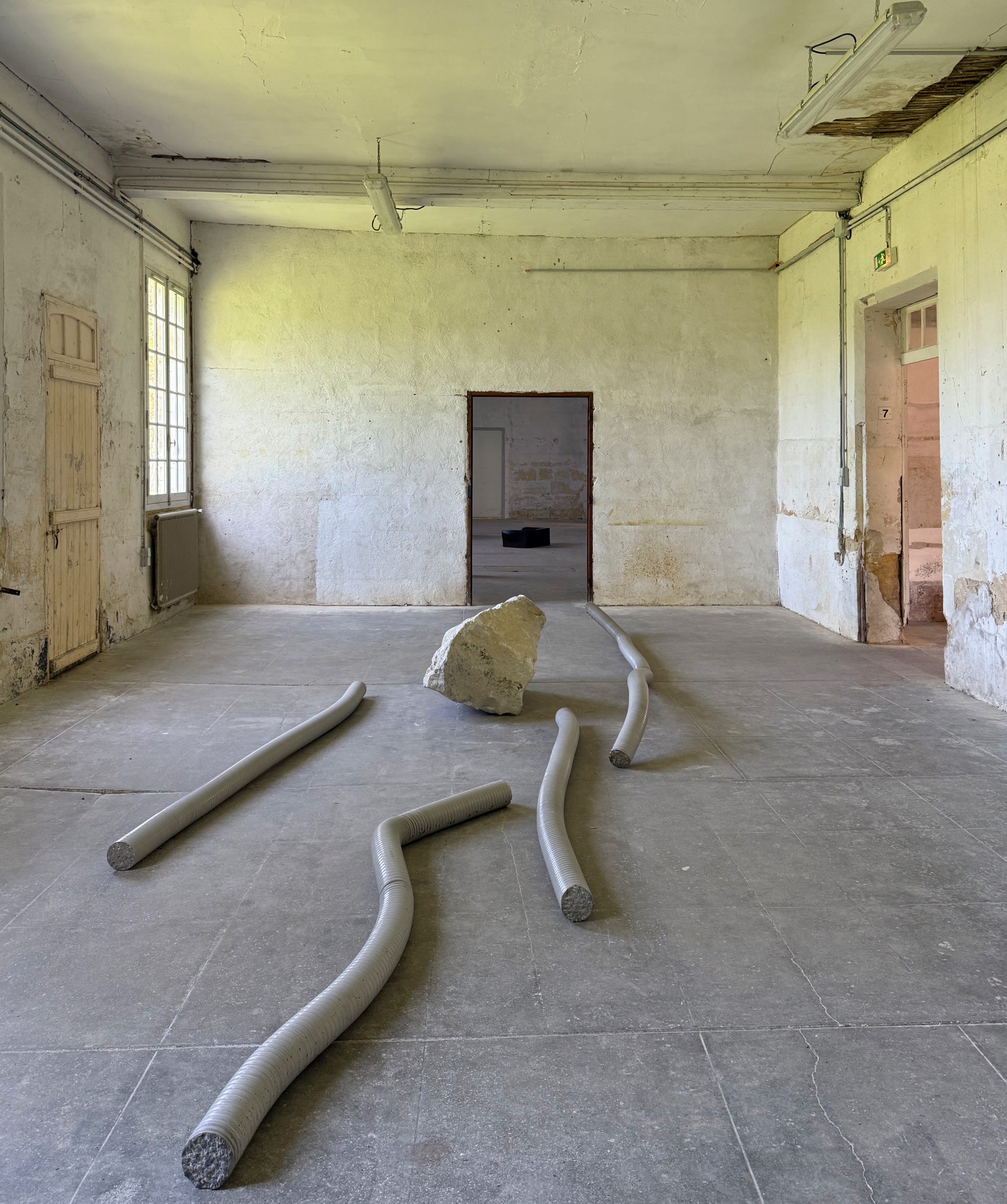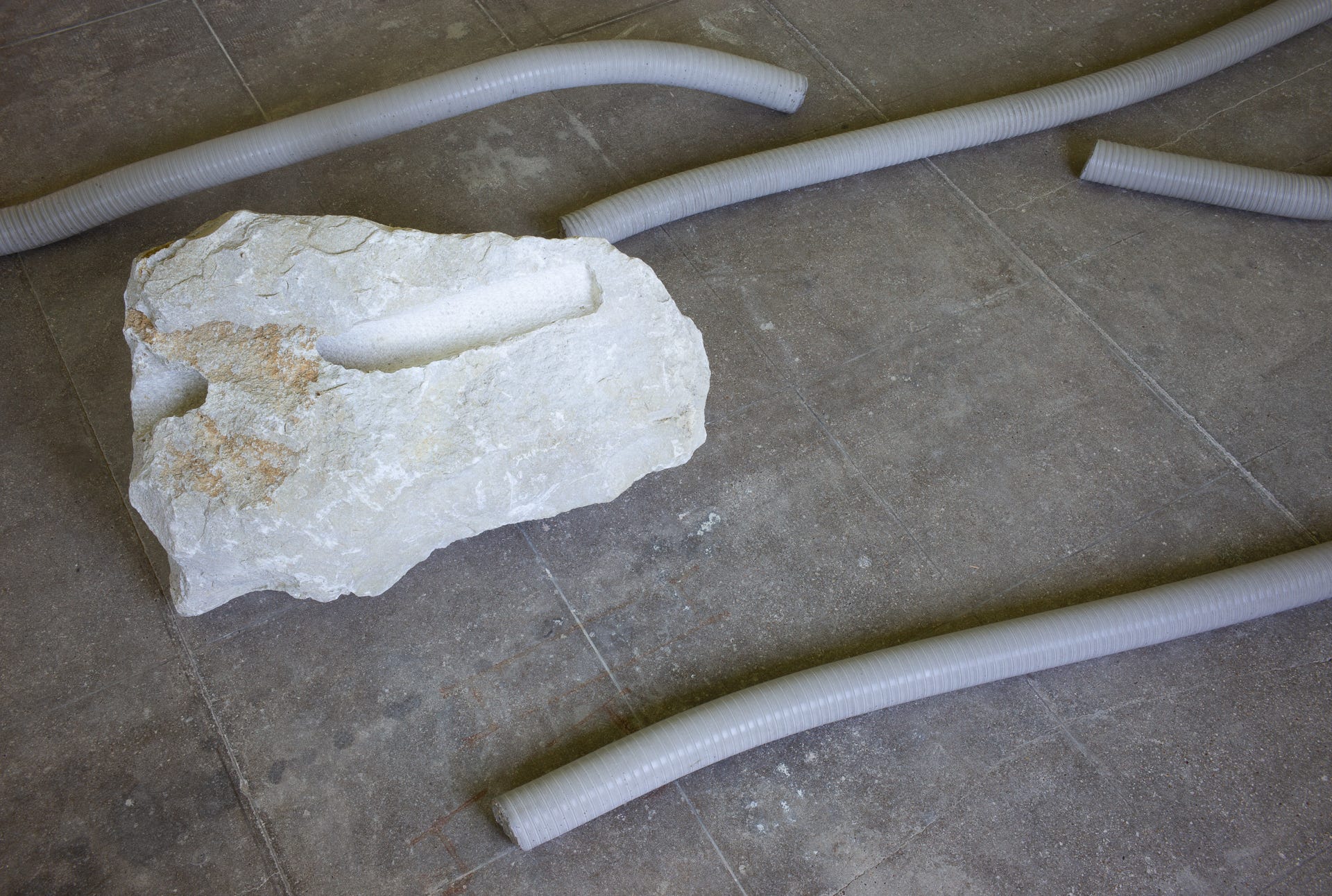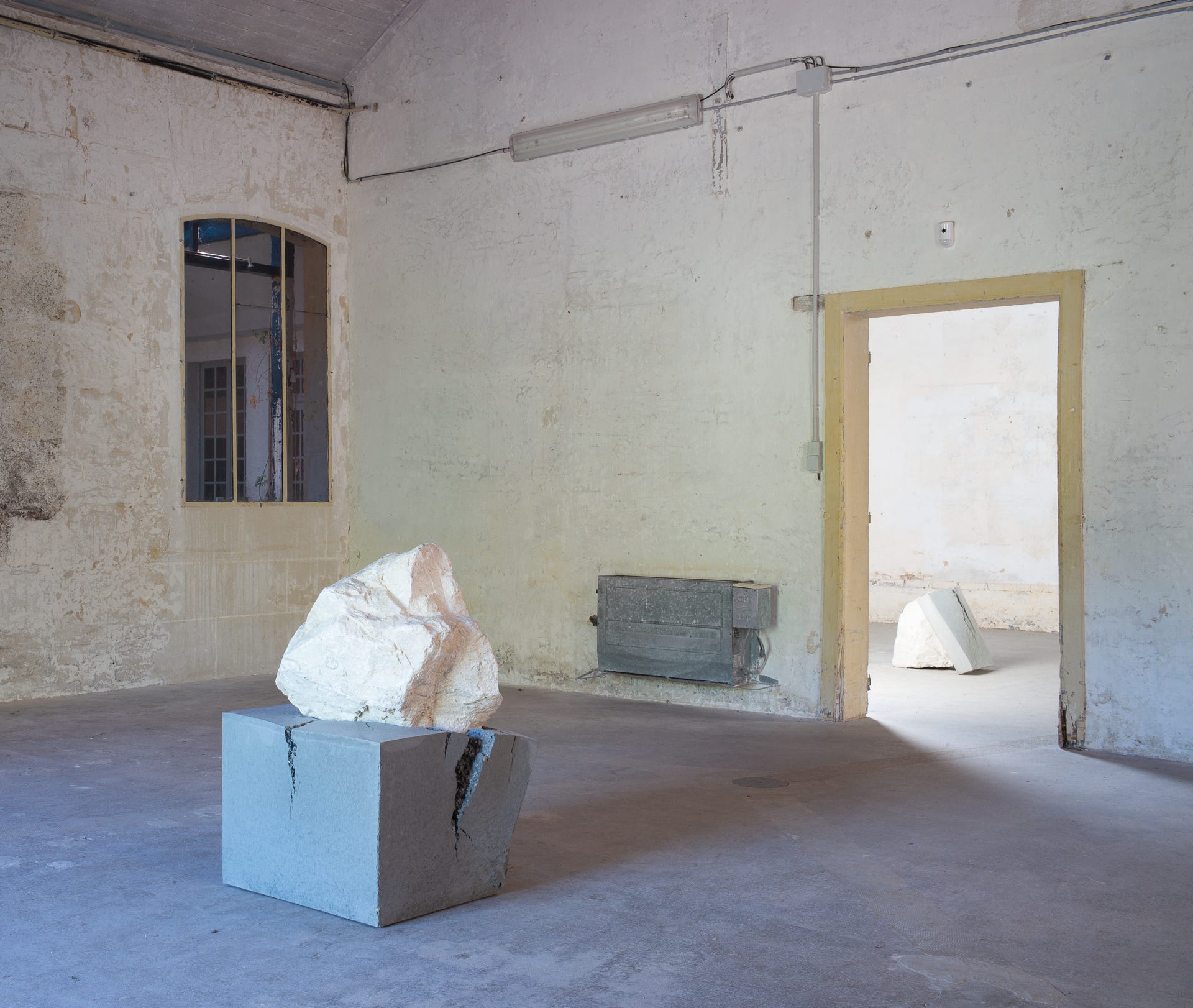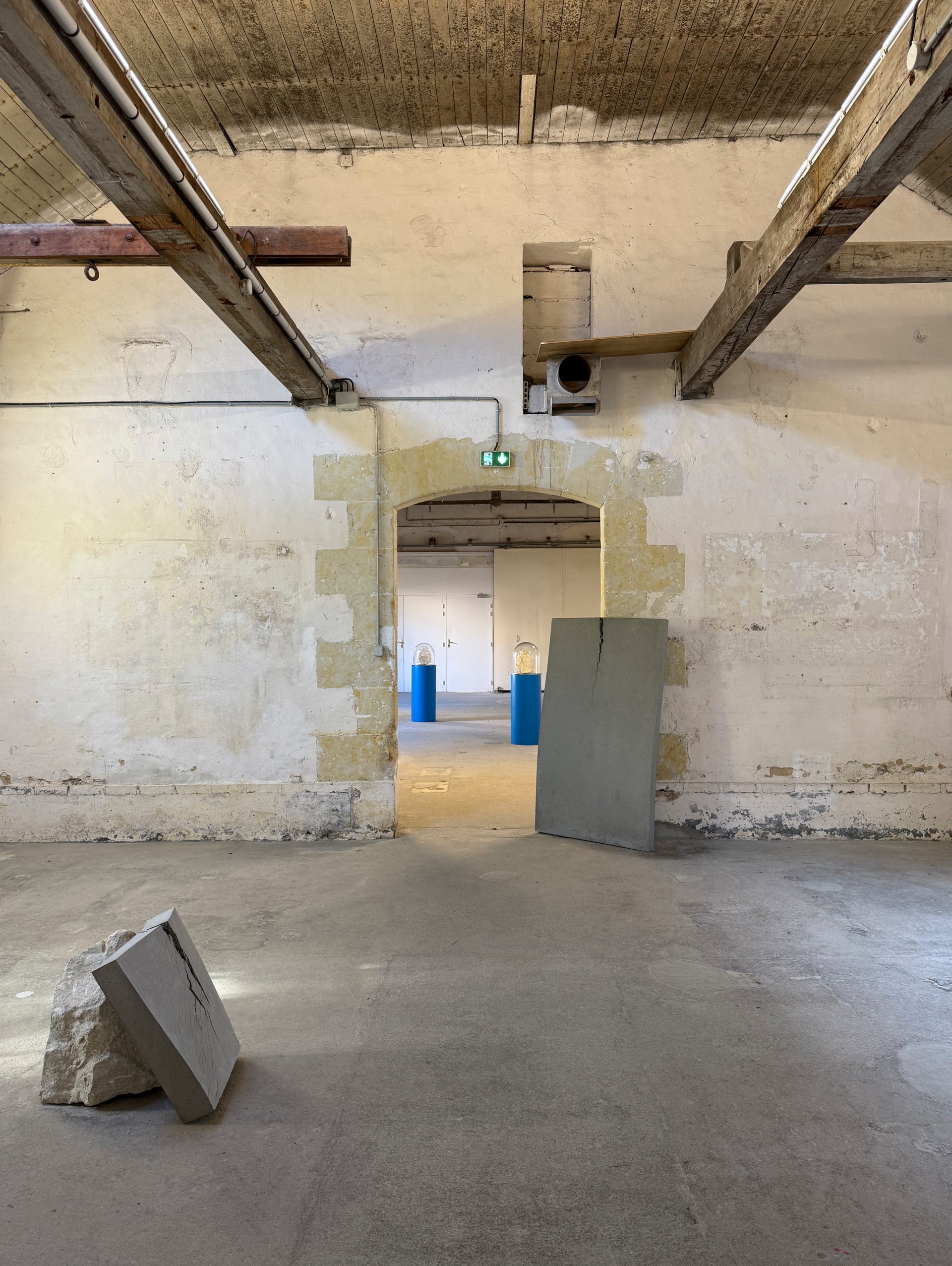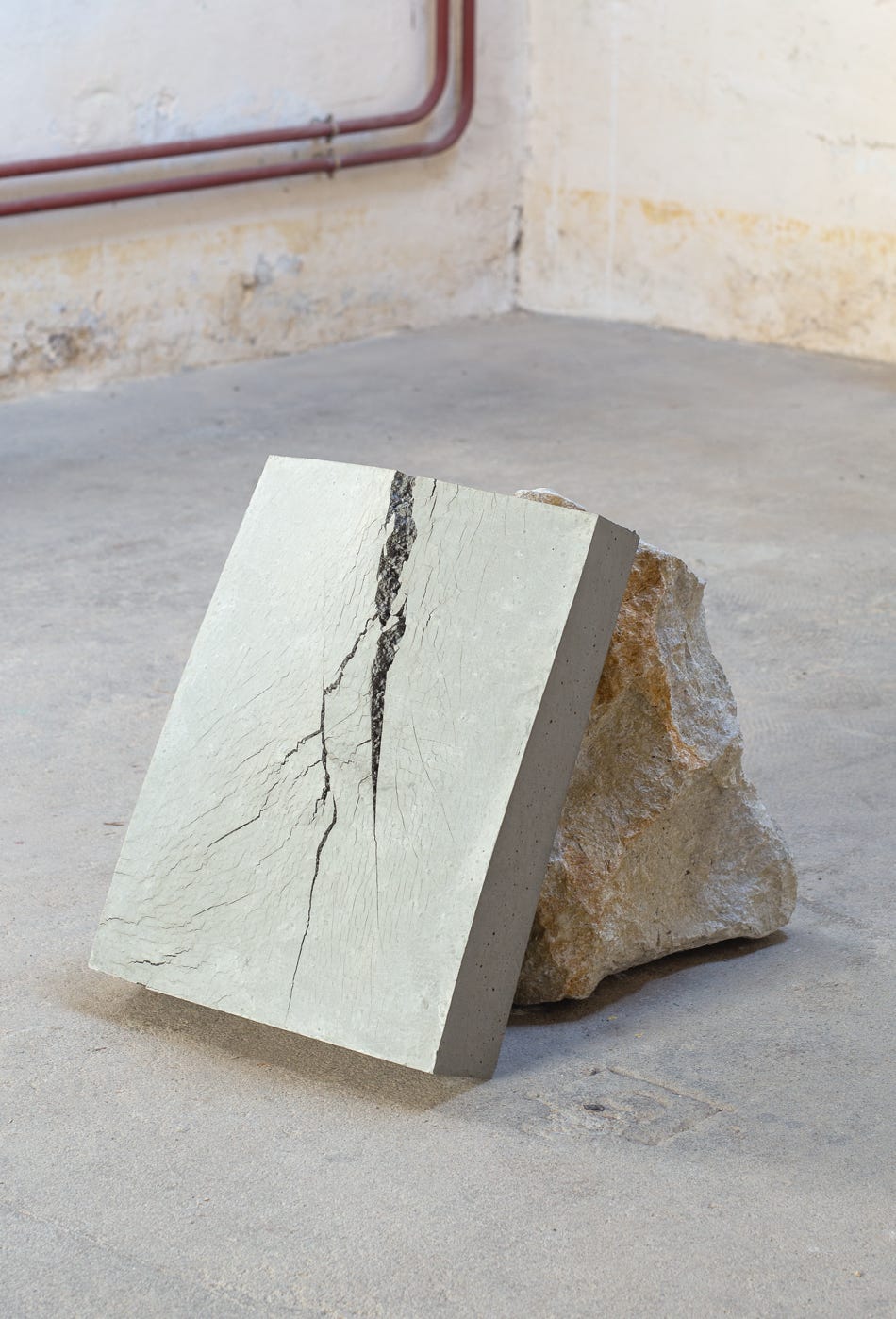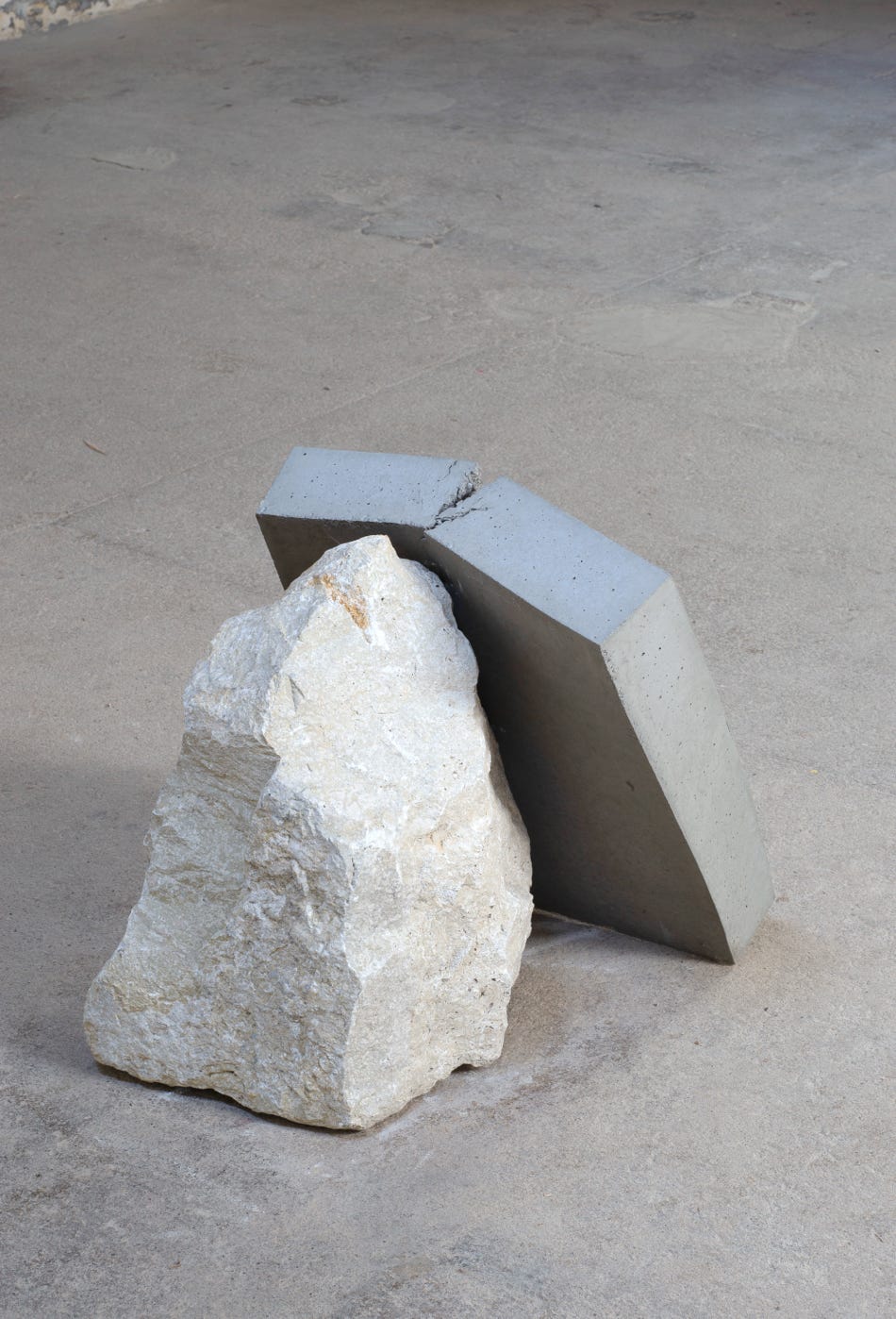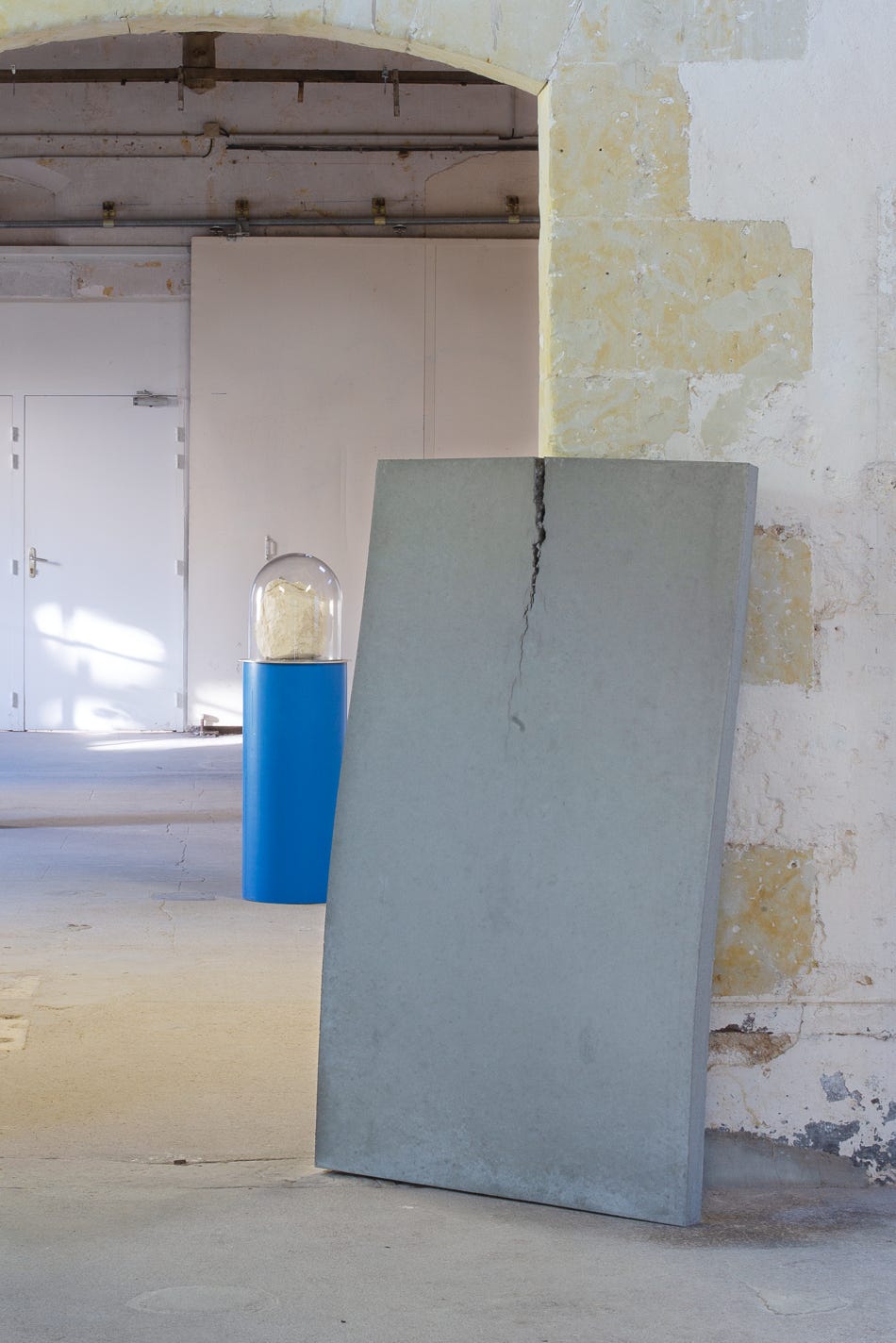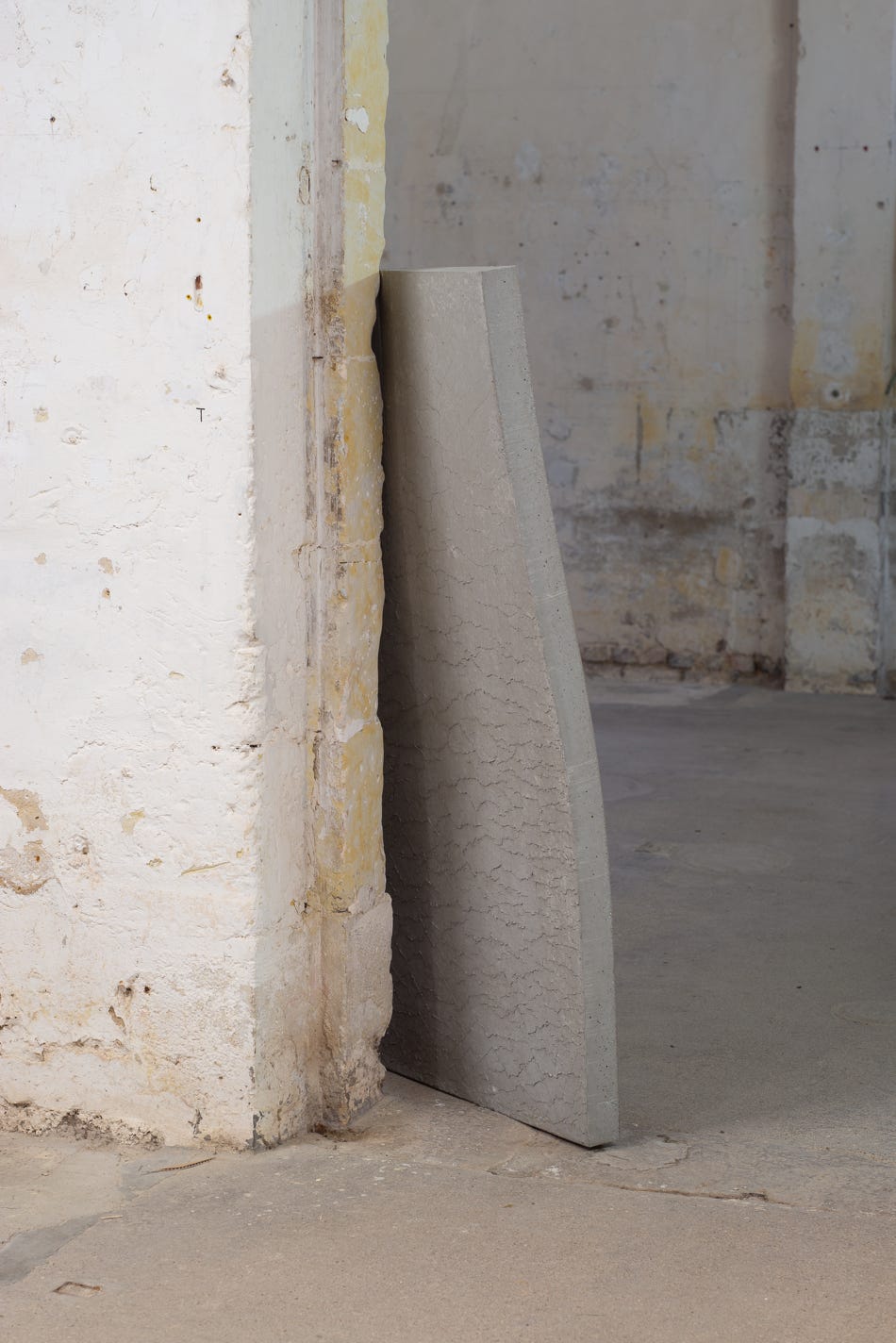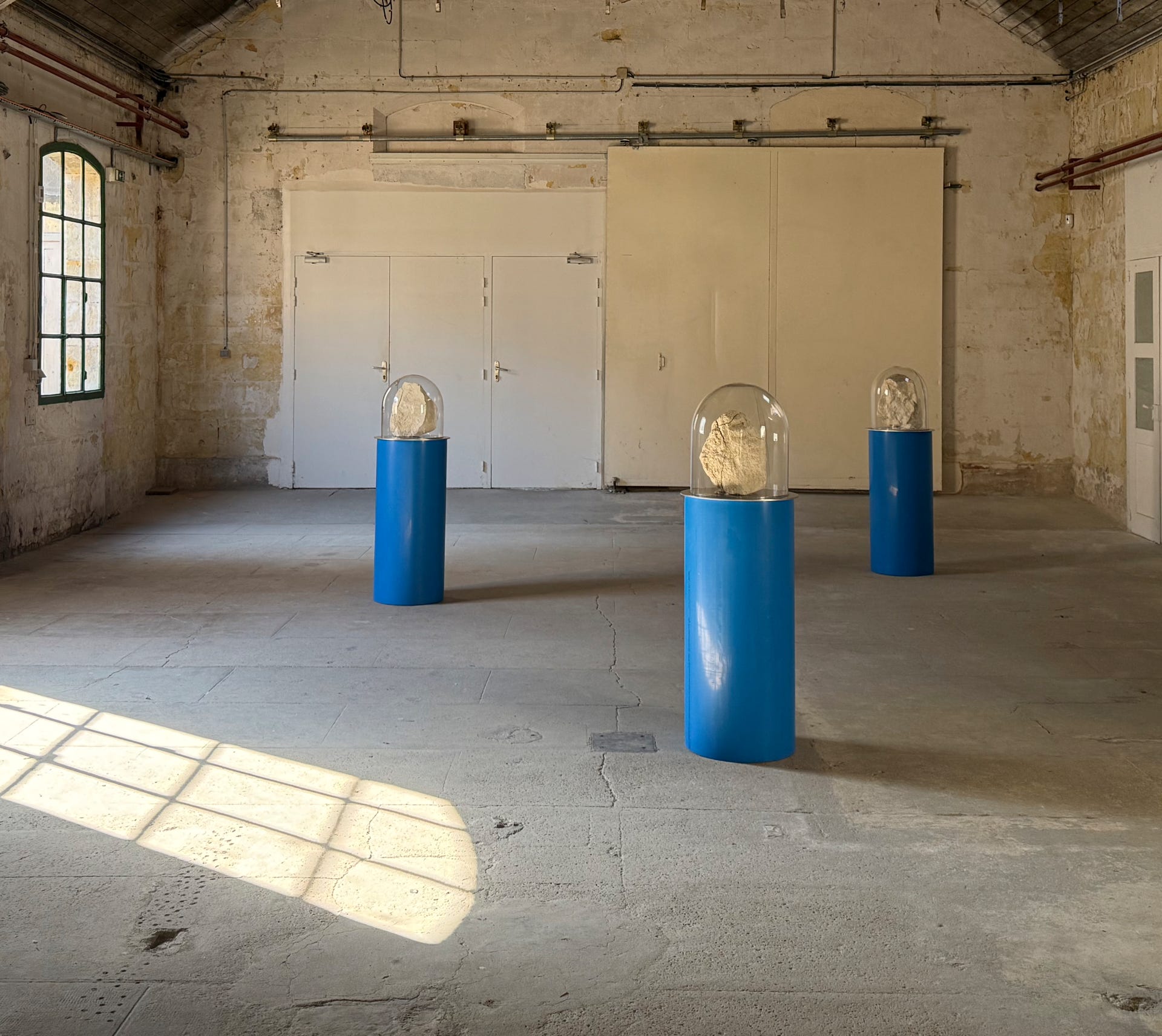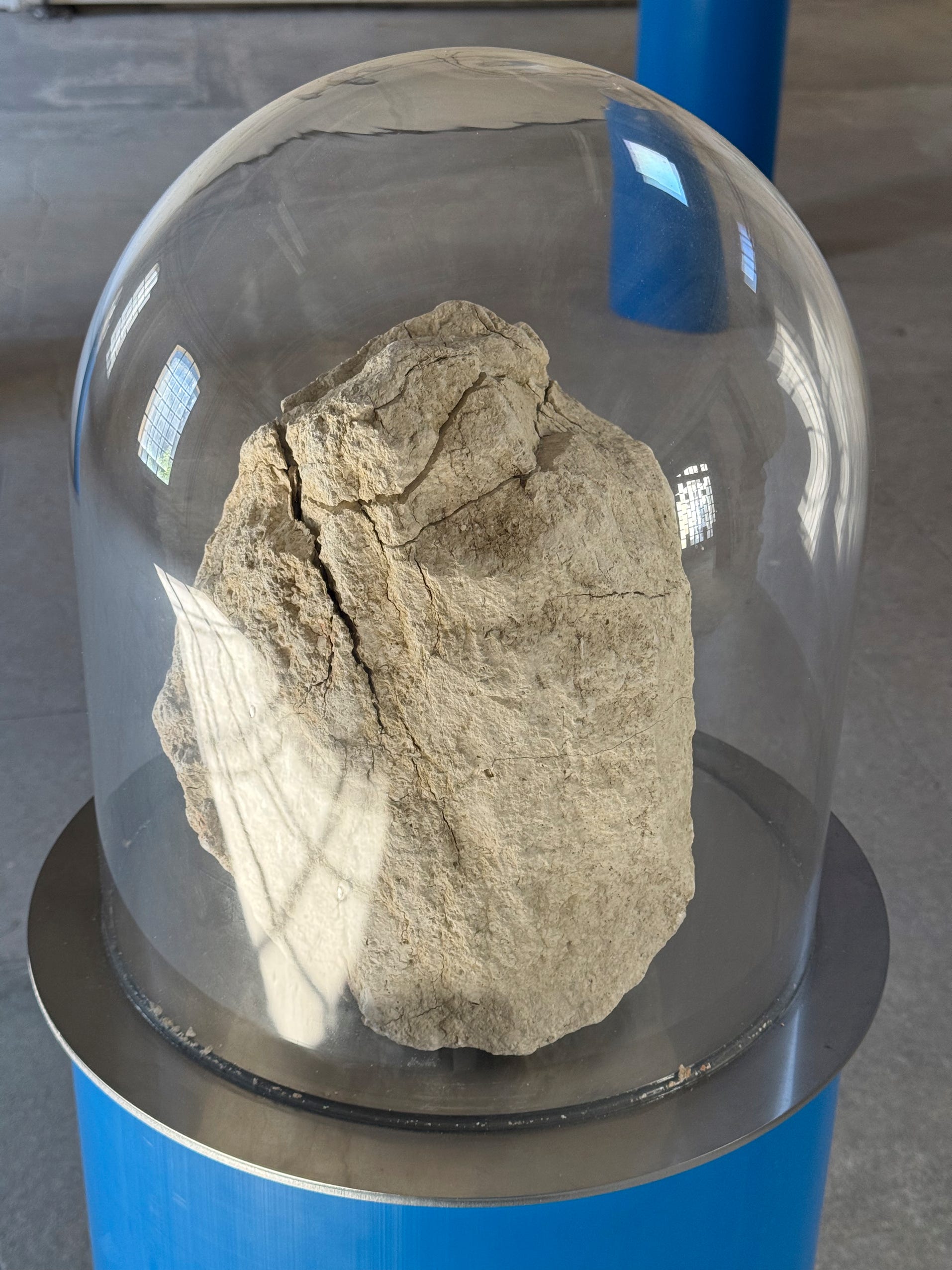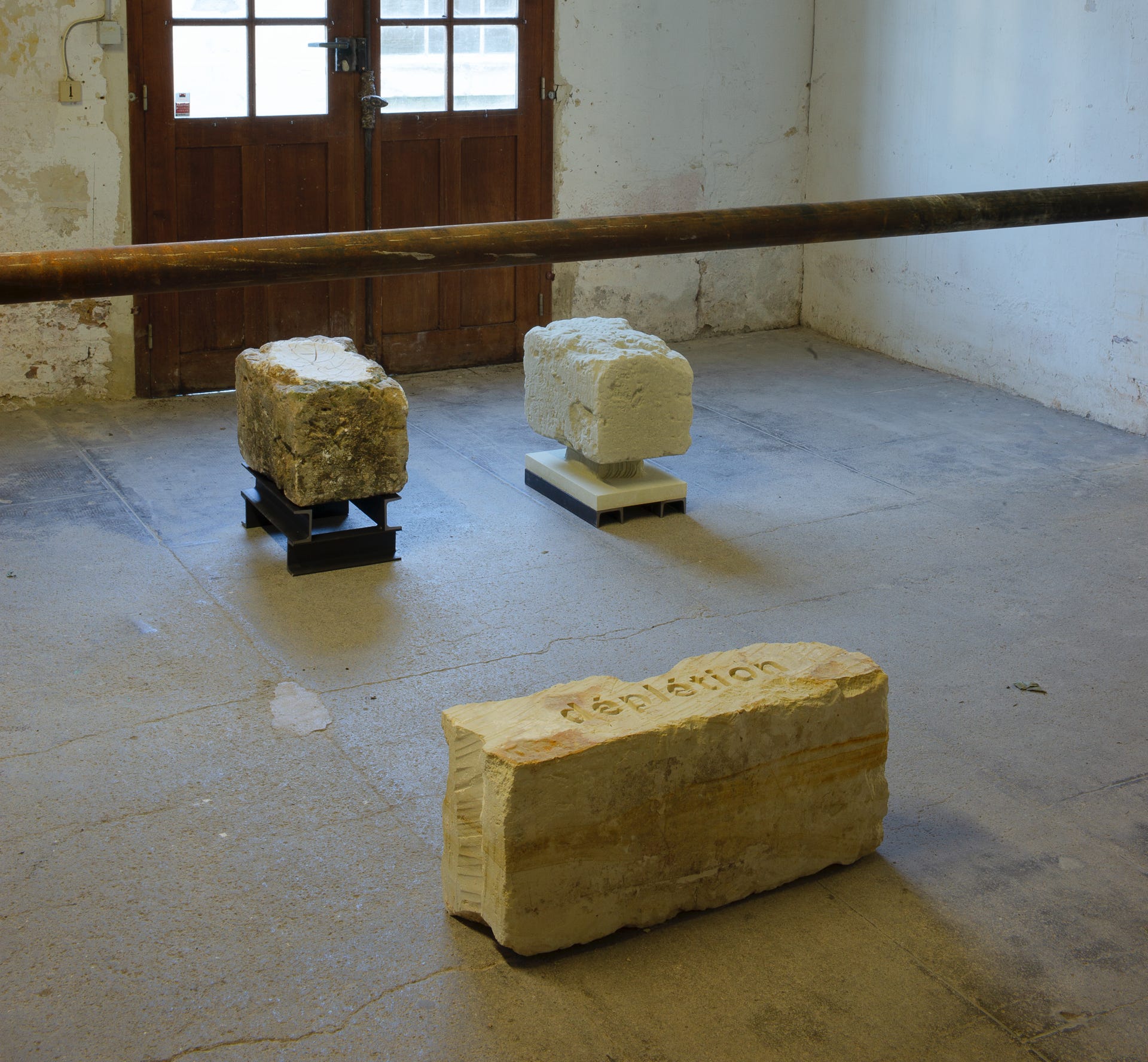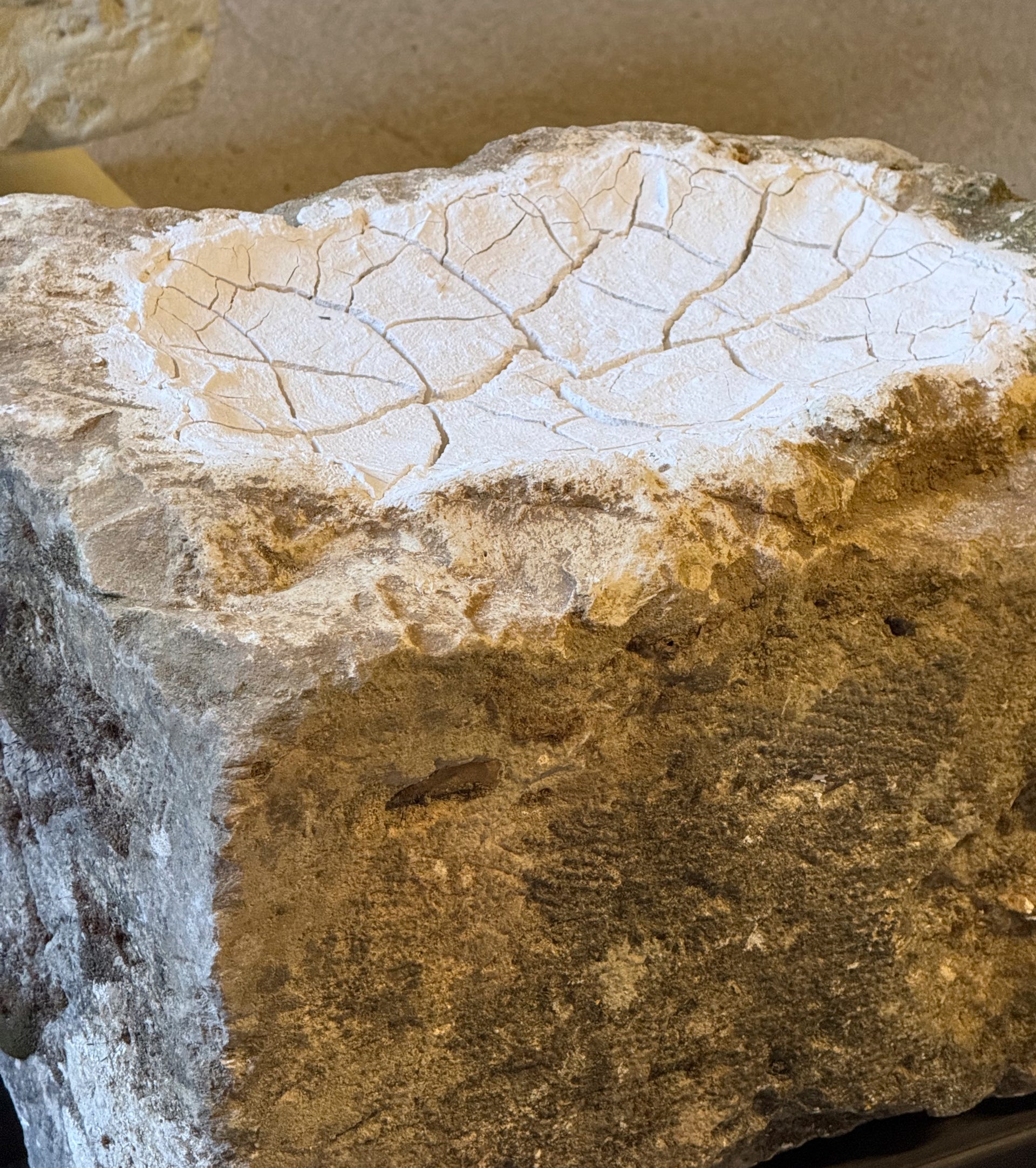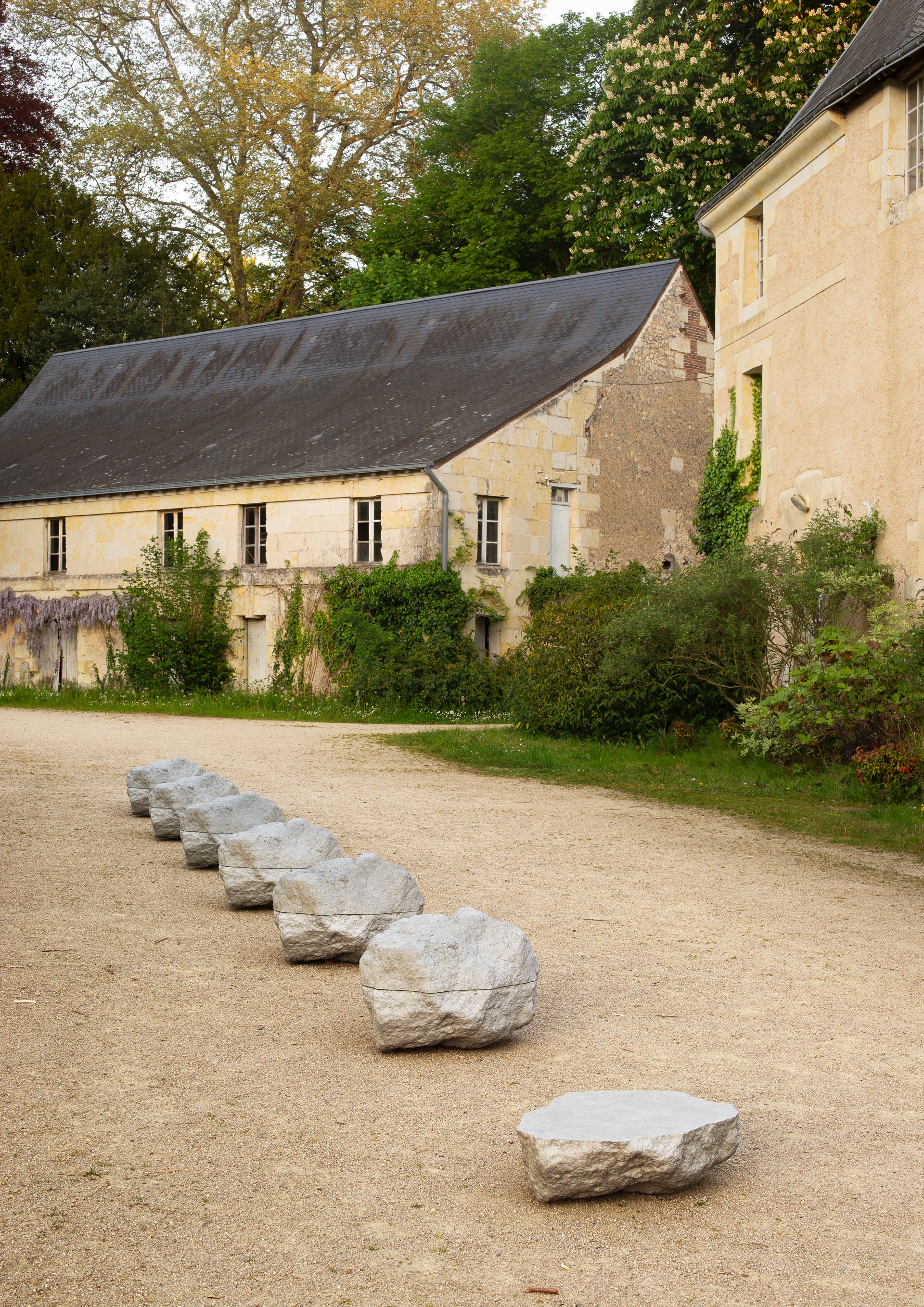Tuffeau (evacuation – original), Tuffeau (evacuation – copy), 2025
For Vulnerable Bodies Christoph Weber gathered blocks of the famously “vivant” local limestone “Tuffeau” partly overgrown with moss and grass. After 3D scanning the original state of each block he performed sculptural acts of draining and emptying on them. Eventually the digital data was milled into freshly quarried Tuffeau and the copies are presented along the “exploited” and altered original.
Achille Mbembe's latest philosophical work ‘Brutalism’ provides the template for Christoph Weber's approach to connect the brutality of geological extractivism to the exploitation of vulnerable bodies by data extraction and the reduction of life to brute matter. Solo Show, Vulnerable Bodies, Les Moulins de Paillard, 2025, curated by Shelly De Vito & James Porter.
The exhibition is conceived as an analysis of precarious conditions in the contemporary world and establishes a thematic link between the vulnerability of the human body, the biosphere and the matter of the earth’s crust. The title ‘Vulnerable Bodies’ for sculptural settings made of stone, concrete and wax is an allusion to the inseparability of social and ecological crises, refers to Judith Butler’s concept of vulnerability, to Anselm Jappe’s analysis of concrete as a weapon of mass construction in capitalism, as well as to Corine Pelluchon and Achille Mbembe’s description of the present day as the age of the living.
Mark, 2025
Two parts: beeswax, colophony, wood tar, paraffin wax – 30 x 68 x 73 cm; concrete, wire rope lifting loops, 67 x 50 x 70 cm
Tuffeau (evacuation – original)
Found object, local building bloc of tuffeau
Tuffeau (evacuation – copy)
CNC-milled in freshly quarried Tuffeau
3 drill extensions from the limestone extraction quarry in Mannersdorf
Steel, ratching straps
14m long, suspended to a height of one meter.
Mannersdorf limestone chunk with drilled hole, concrete
Overall dimensions approx. (H)64 x 650 x 200 cm
Limestone (Cement Industry Limestone Quarry, Mannersdorf), Concrete (with its cement being from the same factory)
96 x 73 x 63 cm
Limestone (Cement Industry Limestone Quarry, Mannersdorf), Concrete (with its cement being from the same factory)
2 parts, total 53 x 46 x 68 cm
Concrete, 170 x 80 x 7 cm (before the bend)
10.6 kg CaO & 6.4 kg CO2 emissions, (H) 125 x 43 x 43 cm
Tuffeau (désemplissement – original), Tuffeau (désemplissement – copy), Untitled (tuffeau, déplétion), 2025
Tuffeau (désemplissement – original), 2025
Tuffeau, lime from burnt tuffeau

